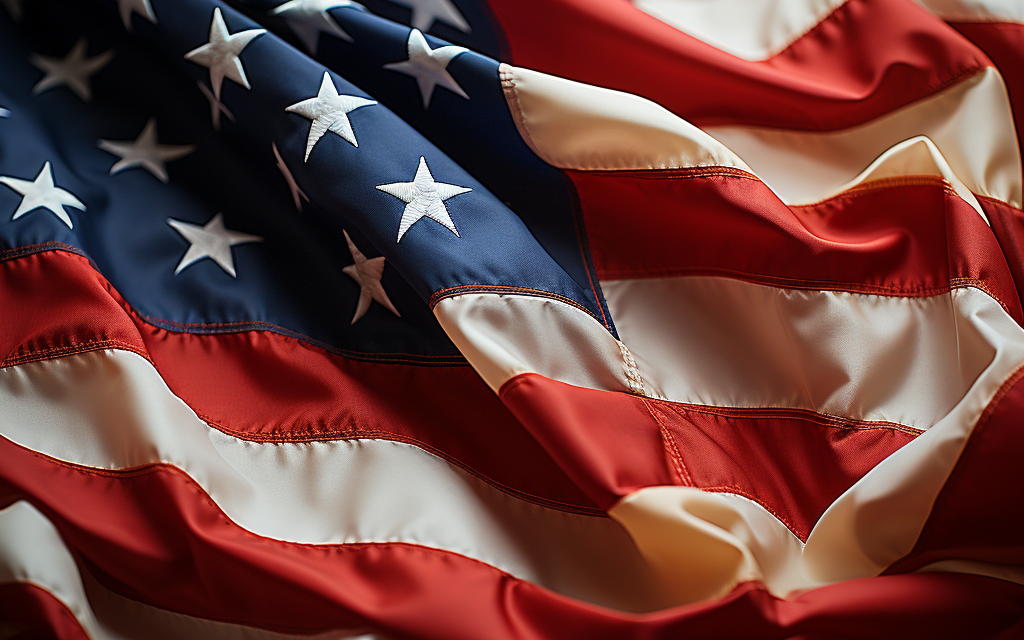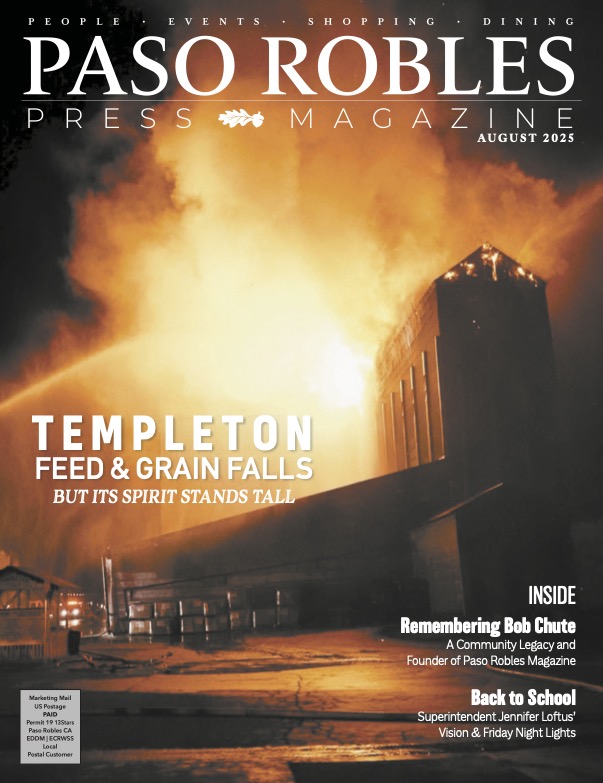Reflection on why we come together and what America means to each of us
By Hayley Mattson
Publisher
Today, we take part in a wide range of activities to commemorate our nation’s independence. Beneath the canopy of laughter, joy, and radiant sunshine lies a deeper significance — the reflection on why we come together and what America means to each of us, proudly draped in the colors of red, white, and blue.
The foundation of our Fourth of July customs can be traced back to the 18th century and the profound narrative of the American Revolution. Amidst the turmoil of conflict, the Continental Congress boldly proclaimed independence on July 2, 1776. Merely two days later, amidst fervent deliberation and discourse, 56 delegates from the 13 colonies ratified the Declaration of Independence, a monumental manuscript penned by the youthful Thomas Jefferson at the age of 33, shaping the fate of a burgeoning nation. Among these delegates, ages spanned from the youngest, Thomas Lynch Jr. and Rutledge, Edward at 26, to the eldest, Benjamin Franklin at 70. The identities of the signers remained undisclosed until early 1777, when Congress permitted the publication of an official version bearing their names. On Jan. 18, 1777, printer Mary Katherine Goddard’s rendition in Baltimore, at the behest of the delegates, bore the signatures authenticated by John Hancock, affirming their desire to memorialize their commitment for posterity.
The Revolutionary War broke out in 1775 due to escalating tensions between Great Britain’s 13 North American colonies and the colonial government representing the British crown. The conflict was sparked by confrontations between British troops and colonial militiamen in Lexington and Concord in April 1775. By the following summer, a full-scale war for independence was underway. France’s entry into the conflict in 1778 transformed it into an international struggle. With French assistance, the Continental Army compelled the British to surrender at Yorktown, Virginia, in 1781, effectively securing American independence, which was formally recognized in the Treaty of Paris in 1783.
The roots of the conflict trace back over a decade before its outbreak. The French and Indian War (1756-1763) expanded British territories but burdened the colonies with unpopular taxes. Colonists protested against taxation without representation and demanded equal rights as British subjects. In response, delegates including George Washington, John and Samuel Adams, Patrick Henry, and John Jay convened the First Continental Congress in 1774, denouncing British policies but not yet calling for independence.
The conflict escalated with the Battles of Lexington and Concord in April 1775, marking the beginning of the Revolutionary War. Initially, few colonists sought complete independence, but sentiments shifted rapidly, fueled by growing hostility toward Britain and revolutionary literature like Thomas Paine’s “Common Sense.” The Declaration of Independence was adopted on July 4, 1776, leading to the formation of the United States. The war’s turning point came with the surrender at Yorktown in 1781, although formal peace was not achieved until the Treaty of Paris in 1783. Independence Day celebrations became an annual tradition, fostering unity and political discourse among emerging parties like the Federalists and Democratic-Republicans.
Reflecting on history, Americans continue to uphold their freedoms while striving for progress. Independence Day serves as a reminder to safeguard these freedoms for future generations. In the timeless refrain of our national anthem, may the star-spangled banner yet wave o’er the land of the free and the home of the brave. This Fourth of July, let us unite in the spirit of camaraderie and renewal, reaffirming our commitment to the ideals that define us as Americans.














